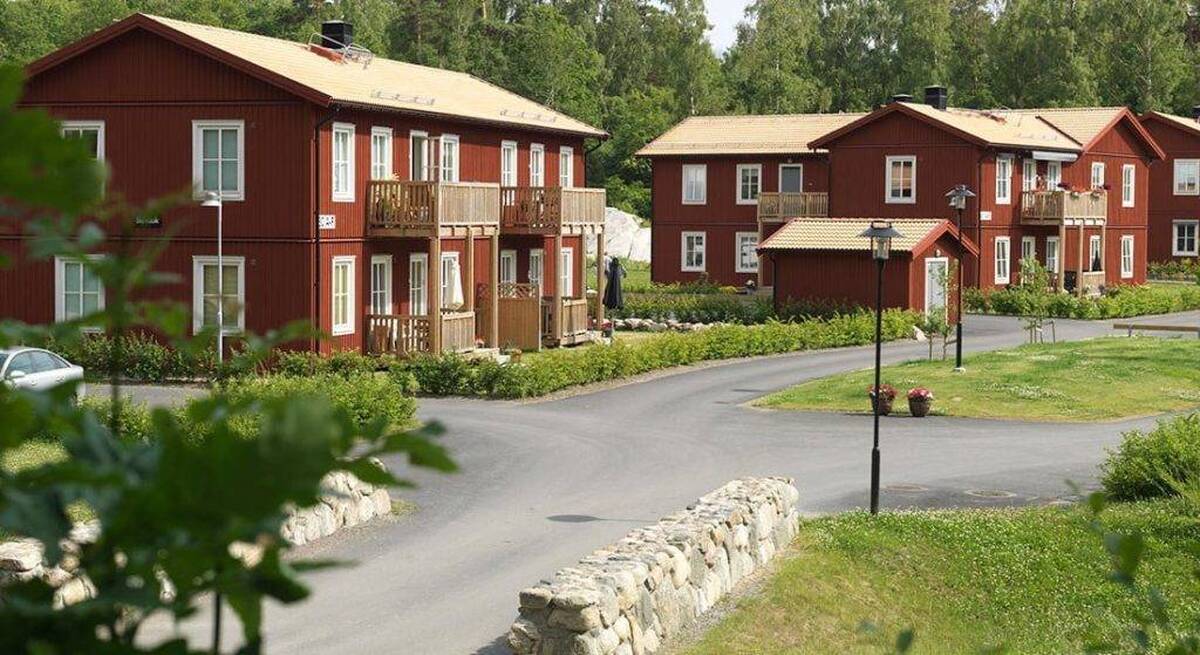Swedish Housing Construction Falls to Lowest Rate in Decade

During the first six months of the year, the number of newly built dwellings was down by 57 percent compared with the same period in 2022, Statistics Sweden (SCB) said in a press release.
An even sharper decline, around 63 percent, was registered in the largest cities.
In Stockholm, the drop was 66 percent year-on-year, while the number of new constructions was down 71 percent in Malmo, the country's third-largest city. The drop in Gothenburg, the second-largest city, was on par with the national average.
Although the market started to slow already last year, the drop in the first half of 2023 was the steepest since the 1990s, the Swedish Construction Federation said in a press release.
The slowdown may, however, be more dramatic than the statistics suggest, Tor Borg, head of analyses at Byggfakta, a company specializing in analyzing the construction market, told TT news agency.
"SCB's statistics are based on the number of projects that have been approved by local councils, but there are signals that construction companies are postponing projects so the reality is probably far worse," Borg said.
The slowdown is due to inflation and increasing interest rates, which have made prospective home buyers nervous, Borg said.
"Home buyers do not know how much their monthly fee as well as interest cost will be, which is (perceived as) an extreme risk," Borg said.
Meanwhile, rental apartment constructions face a similar dilemma as rent is controlled in Sweden and increases have not kept up with inflation, Borg added.
After keeping the key interest rate at zero or sub-zero levels for over seven years, the country's central bank (Riksbank) has repeatedly raised the rate since last May to 3.75 percent.
The interest rate is, however, expected to increase even further to 4 percent, the National Institute of Economic Research (NIER), a government agency, said in a report released two weeks ago.
According to the same report, Sweden's gross domestic product (GDP) is forecast to shrink by 0.9 percent this year.
4155/v
























